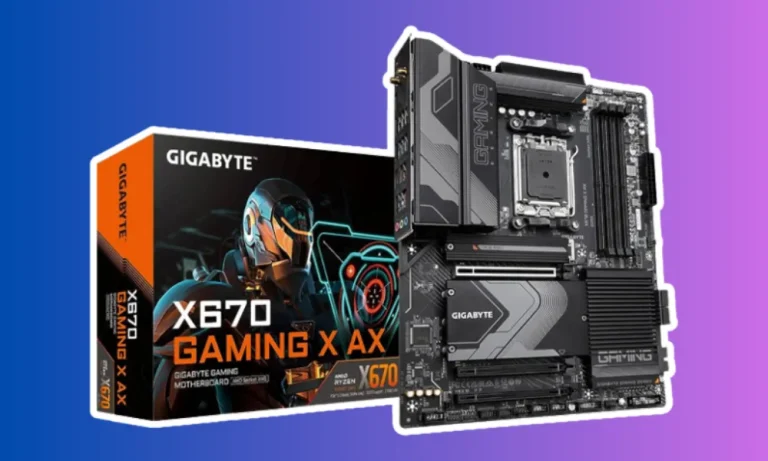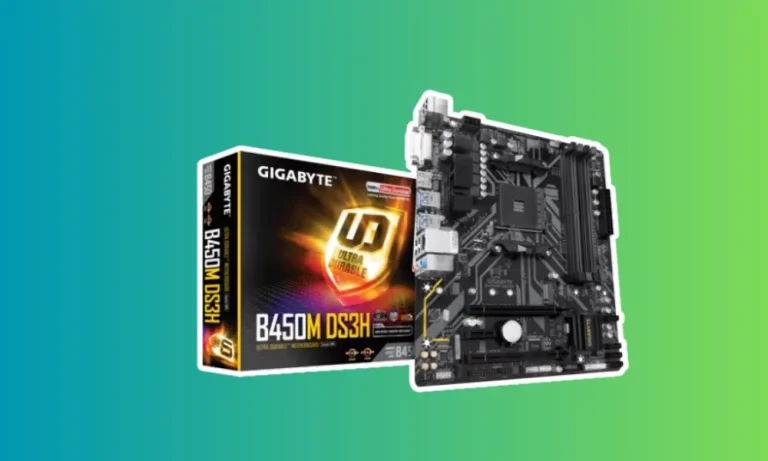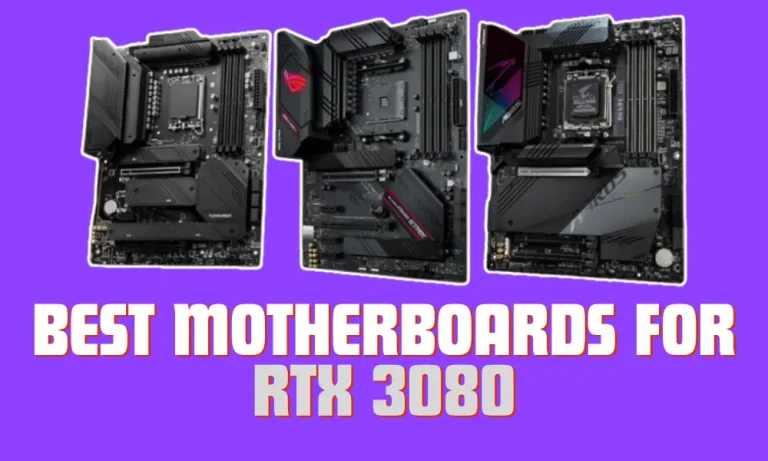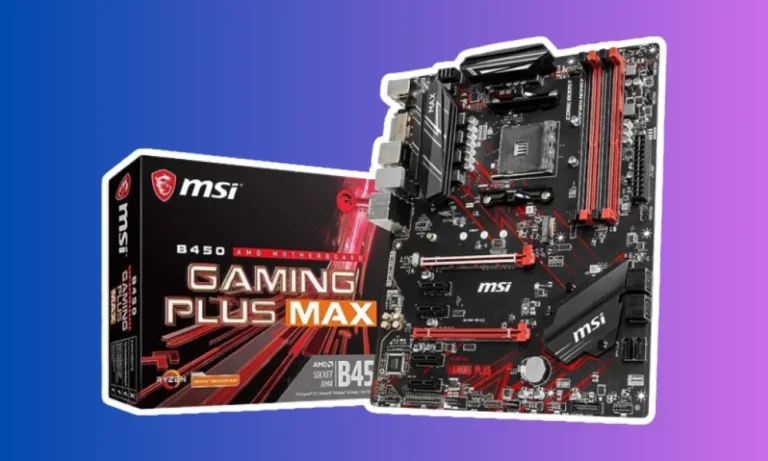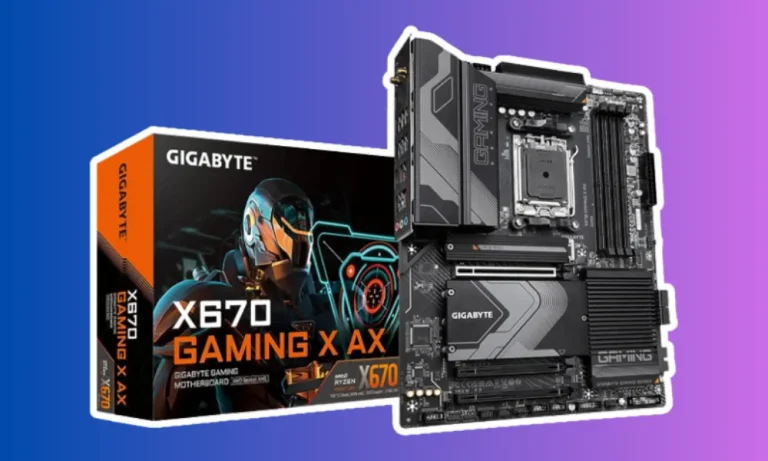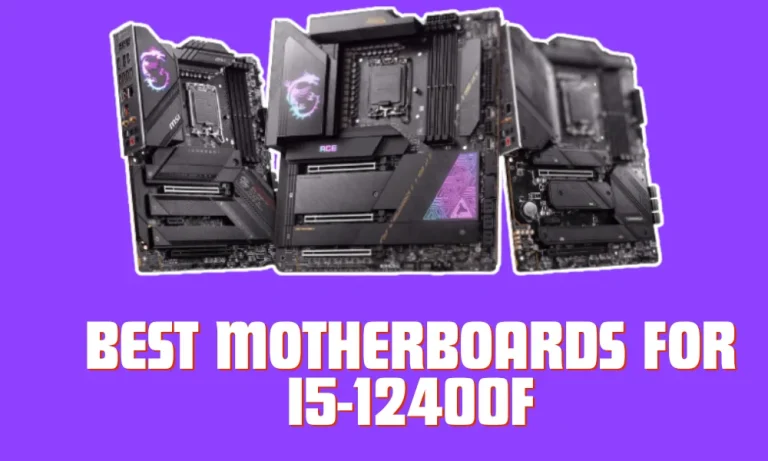How Do I Know If My Motherboard Has RGB Headers?
Curious about adding vibrant RGB lighting to your PC setup? Wondering if your motherboard has the necessary RGB headers to make it happen? Look no further! In this guide, we’ll help you navigate the world of RGB headers, providing you with easy-to-understand information on how to determine if your motherboard has RGB headers and what to do if it doesn’t. Let’s shed some light on this topic!
Compatibility with RGB Devices and Accessories
RGB headers are compatible with a wide range of RGB devices and accessories available in the market. However, it’s essential to ensure compatibility between the RGB header type on your motherboard and the RGB devices you intend to connect. Using incompatible devices may result in improper functioning or damage.
To ensure compatibility, check the specifications of your motherboard and RGB devices. Manufacturers often provide compatibility lists or mention compatibility with popular RGB technologies like Aura Sync or Mystic Light.
Checking Your Motherboard for RGB Headers
When it comes to adding RGB lighting to your PC, it’s crucial to determine if your motherboard has compatible RGB headers.
Step-by-Step Guide on Locating and Identifying RGB Headers
- Refer to the Motherboard Manual: Start by locating the manual that came with your motherboard. It contains valuable information about the motherboard’s layout, including the location of RGB headers.
- Power Off Your PC: Before inspecting your motherboard, ensure that your PC is powered off and disconnected from the power source to avoid any electrical mishaps.
- Open Your PC Case: Carefully remove the side panel of your PC case to gain access to the internal components. Take precautions to prevent static electricity discharge by grounding yourself.
- Identify the RGB Headers: Look for the RGB headers on your motherboard, which are typically labeled and color-coded. They are usually found near the edge of the motherboard.
Common Locations on Different Motherboard Models
The specific location of RGB headers can vary depending on the motherboard model and manufacturer. However, some common locations include:
- Along the Bottom Edge: Many motherboards have RGB headers located along the bottom edge, near the front panel connectors.
- Near the RAM Slots: Some motherboard models place the RGB headers near the RAM slots, providing easy access for connecting RGB RAM modules.
- Beside the CPU Socket: On certain high-end motherboards, you may find RGB headers located near the CPU socket, allowing for synchronized lighting effects with the CPU cooler.
Compatible RGB Technologies
When it comes to RGB lighting in your PC, it’s important to consider compatible RGB technologies. These technologies allow you to control and synchronize the lighting effects of your RGB devices.
- Aura Sync: Aura Sync is a widely used RGB technology developed by ASUS. It allows you to control and synchronize RGB lighting across compatible ASUS components, including motherboards, graphics cards, and peripherals.
- Mystic Light: Mystic Light is an RGB technology developed by MSI. It offers similar functionality to Aura Sync, enabling you to control and synchronize RGB lighting on MSI motherboards, graphics cards, and other compatible devices.
Compatibility Considerations with Different Motherboard Brands
When selecting RGB technologies, it’s crucial to consider compatibility with your motherboard brand. Not all RGB technologies are compatible with every motherboard. Manufacturers often provide compatibility lists or mention supported RGB technologies on their product pages.
For example, if you have an ASUS motherboard, Aura Sync will likely be the best choice for seamless integration with other ASUS components. Similarly, if you have an MSI motherboard, Mystic Light is the recommended RGB technology for optimal compatibility.
Benefits of Using Compatible RGB Technologies
Using compatible RGB technologies offers several benefits:
- Ease of Use: Compatible RGB technologies provide user-friendly software interfaces that make it easy to customize and control your RGB lighting effects.
- Synchronization: With compatible RGB technologies, you can synchronize the lighting effects of multiple RGB devices, creating a cohesive and visually stunning lighting display.
- Expanded Compatibility: Using compatible RGB technologies ensures that your RGB devices from the same brand are designed to work together seamlessly. This reduces the risk of compatibility issues and enhances the overall RGB experience.
Alternative Solutions
If your motherboard lacks RGB headers, don’t worry! There are alternative solutions available that allow you to add RGB functionality to your PC.
External RGB Controllers and Hubs
External RGB controllers and hubs offer a convenient solution for adding RGB functionality to your PC, even if your motherboard doesn’t have RGB headers. These devices typically connect to a USB port or an internal USB header on your motherboard and provide multiple RGB headers or ports for connecting RGB devices.
By using an external RGB controller or hub, you can still enjoy the vibrant lighting effects of RGB devices, such as fans, LED strips, or RGB memory modules. These controllers often come with user-friendly software that allows you to customize and synchronize the RGB lighting effects according to your preferences.
RGB Expansion Cards or Adapters
Another option to consider is RGB expansion cards or adapters. These devices are designed to be inserted into an available expansion slot on your motherboard, such as a PCIe slot. They provide additional RGB headers or ports, allowing you to connect and control RGB devices.
RGB expansion cards or adapters usually come with their own software or can be controlled through compatible RGB software provided by the manufacturer. They offer a seamless integration solution for adding RGB functionality to your PC, even if your motherboard lacks built-in RGB headers.
Troubleshooting RGB Header Issues
RGB headers are a fantastic way to add vibrant lighting effects to your PC, but sometimes they can present challenges.
Troubleshooting Common Problems with RGB Headers
- No Lighting: If your RGB devices aren’t lighting up, double-check the connections. Ensure that the RGB header is properly connected to the motherboard and that the device is receiving power. Additionally, check the software settings to ensure that the lighting effects are enabled.
- Inconsistent Lighting: If the lighting effects are inconsistent or flickering, it could be due to a loose connection. Make sure the RGB header is securely attached to the motherboard and that the cables are properly seated. Updating the RGB software or firmware may also help resolve this issue.
Tips for Resolving Connectivity and Lighting Issues
- Check Compatibility: Ensure that your RGB devices are compatible with your motherboard and the RGB header you are using. Refer to the manufacturer’s compatibility lists or documentation for guidance.
- Inspect Cables and Connections: Inspect the cables and connectors for any signs of damage or loose connections. Re-seat the cables and ensure they are securely plugged in.
- Update Software and Firmware: Check for any available updates for the RGB software or firmware. Manufacturers often release updates to address compatibility issues and improve performance.
Conclusion
Determining whether your motherboard has RGB headers is a simple task. Just consult your motherboard’s specifications or user manual, which will clearly indicate if it supports RGB headers. By doing so, you can confidently plan and customize your PC build with dazzling RGB lighting effects.
FAQs
How can I find out if my motherboard has RGB headers?
Check the specifications of your motherboard or refer to the user manual. Look for mentions of RGB headers or connectors.
Are all motherboards equipped with RGB headers?
No, not all motherboards have RGB headers. It depends on the model and manufacturer. Be sure to check the specifications before purchasing.
Can I add RGB headers to my motherboard if it doesn’t have them?
Yes, you can still add RGB functionality even if your motherboard lacks RGB headers. Consider using external RGB controllers, hubs, or expansion cards/adapters.
Do all RGB headers use the same connector type?
No, there are different types of RGB headers, such as 4-pin RGB headers or 3-pin addressable RGB headers. It’s important to ensure compatibility between your RGB devices and the header type.
Can I control RGB lighting without RGB headers on my motherboard?
Yes, you can still control RGB lighting through alternative methods. External RGB controllers or software-based solutions can be used to customize and synchronize RGB lighting effects.

